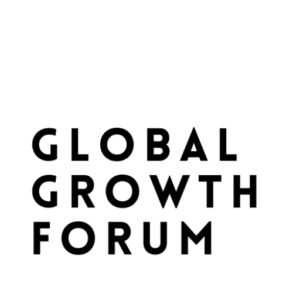What about growth? Economists worry that all rate hikes will dampen consumption and investment, albeit marginally. But this may not be the case in the initial stages of the rate hiking cycle. Senior bankers point out that salaries are all set to rise at least 10 percent on an average, and much more for IT jobs. As long as the rate of rising in EMI (equated monthly installments) is less than the rate of salary hikes, loan demand is not dampened. So chances are the growth in realty sales and home loan demand may continue.
Your EMIs are set to go up; why has RBI suddenly raised Repo rate by 40 bps?
Reserve Bank of India Governor Shaktikanta Das’ unscheduled 15-minute statement today was nothing short of a (thunder)bolt from the blue. And like all thunder, it foretells stormy weather ahead.
First, even at 10 am when the RBI announced that the governor would deliver a statement at 2 pm, the guess by a reluctant 50 percent of the economists polled was a 25 bps hike in repo rate at worst or a CRR (cash reserve ratio) hike. The actual package packed much more dynamite.
It is clear the RBI wants to convey that the inflation situation is very serious, hence the choice of a mid-cycle hike. Heavens wouldn’t have fallen if RBI had waited till the June 7 policy, but the central bank wanted to make a point by announcing the hike mid-cycle — that it is dead serious about inflation.
The critics ask, “Why not in April, then?” Perhaps the RBI was bound by its word. It had been said several times that the turn in the rate cycle would be well-telegraphed. And hence it had to warn in April and then hike in May.
The central bank is conveying the urgency of the surging inflation in several ways: 1) The timing — can’t wait till June; 2) The extent of the repo hike — 25 bps not enough, at least 40 bps was needed for a bang off the first ball; and 3) A rate hike isn’t enough, crunching the quantity of money was also needed — hence the 50 bps hike in CRR to 4.5 percent.
CRR is the percentage of a bank’s deposits that it can’t lend but has to keep idle as cash. CRR hikes, hence, have a higher impact because a bank’s cost of money immediately goes up as it has to keep more cash idle. Also, it has a multiplier impact as banks have to keep an additional 0.5 percent of deposits idle on every new loan. So the net amount drained from the system is not just Rs 87,000 crore, but 2-3 times that number depending on loan growth.
The other reason for this unscheduled action by RBI could be that it is an effort by the central bank and the Monetary Policy Committee (MPC) to show the Parliament that they are doing their job. The inflation targeting Monetary Policy Framework, in vogue since 2016, requires the MPC and the RBI to keep CPI at 4 percent, give or take two percentage points. That is, CPI cannot go above 6 percent for three quarters in a row. By this measure, most definitely by September, the MPC would have failed this test and would have had to write to the Parliament explaining why it failed and what steps it has taken to remedy the failure. The RBI and the MPC will now be able to explain to the Parliament that they have, indeed, taken timely steps.
Another reason for the outsized hikes could be to send a message to foreign investors — the RBI is serious about inflation targeting. Often the mere narrative of the central bank is behind the curve can trigger higher foreign exchange outflows than warranted.
So what’s the impact of the RBI hike? Firstly, it won’t bring down inflation anytime soon, since much of the price rise in fuel and edible oils and dairy products and wheat is supply-driven. What the RBI’s dramatic hike can do is push up the cost of money and bring down secondary price hikes caused by inflation expectations, though this will take a while to take effect.
More immediately it’s clear that inflation is worse than we thought. RBI usually has a good idea of the CPI by the last day of the month. The RBI’s emphatic action indicates that the April inflation is probably higher than the 7.3-7.5 percent that the street is expecting.
Likewise, the export growth due to global diversification from China, or still losing of money in major economies, may keep exports ticking. The IT sector may likewise continue its hiring spree given that the demand for digitalization will be unaffected by the rate hikes.
Any immediate hit to growth will come not from the latest rate hikes but inflation, as it drives down company margins and consumption in the lower echelons.
The interest rate hit to growth may come a year or two later, especially if the US Fed rate hikes push up the global cost of money and Indian corporates have to fall back on Indian banks. By then, domestic rates may also have been pushed higher by successive RBI rate hikes and higher government borrowing to meet higher food and fertilizer bills.



